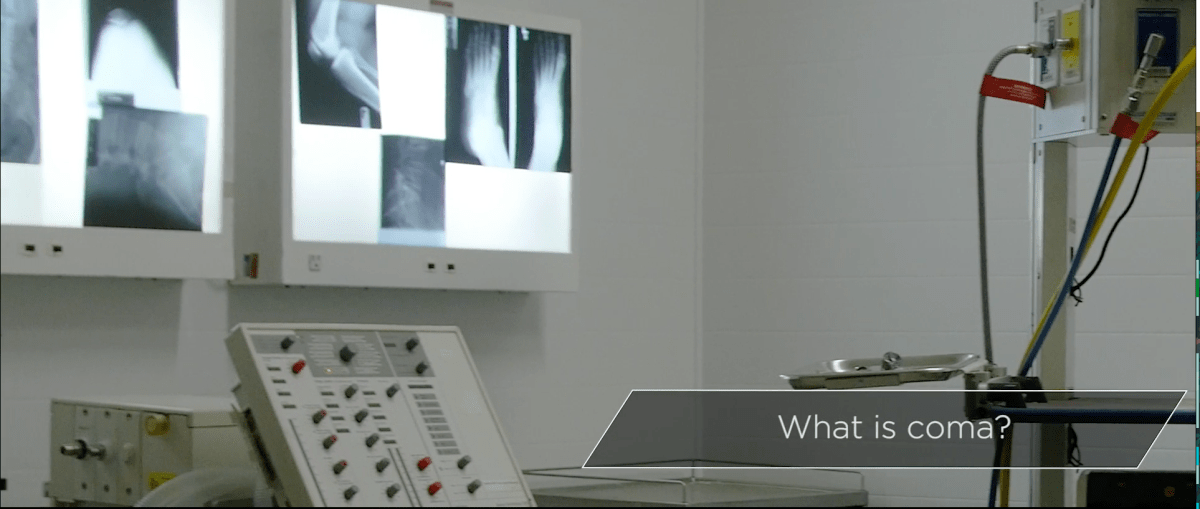Air Force testing new stretcher for TBI patients
Scientists who are with the U.S. Air Force School of Aerospace Medicine (USAFSAM) are currently helping to test and evaluate an aeromedical evacuation stretcher. The stretcher is designed to transport traumatic brain and spinal injury patients safely in both air and ground vehicles.
Cornerstone Research Group (CRG), which is based in Ohio, developed the stretcher.
“Having adequate spinal immobilization is very critical when transporting patients with these types of injuries. Our wounded warfighters experience a much rougher ride back to definitive care than we experience stateside,” Dr. David Burch, a biomedical engineer from the 711 th Human Performance Wing, School of Aerospace Medicine, Aeromedical Research Department said in a press release posted on the EMS World website. “Military medical transport relies on vehicles of opportunity, which were never designed to provide a smooth ride. There is a lot of vibration and perturbation from turbulence or terrain gets transmitted to the patient, making adequate fixation necessary to prevent further neurologic damage.”
It was a cooperative effort between Cornerstone Research Group and USAFSAM. The two organizations entered into a cooperative research and development agreement in 2013 for the project. The team’s efforts made it possible to test and evaluate the new stretcher.
“Under this agreement, USAFSAM provides experts who have an in-depth understanding of medivac needs and access to C-130 and C-17 High-Bays for ongoing device compatibility testing and evaluation,” the press release reads. “We would not be where we are now without this CRADA (cooperative research and development agreement),” says Kristin Cable, Team Leader with CRG. “Our goal is to exceed safety requirements for use and safety. Feedback from users and access to the military vehicles for testing has been hugely beneficial.”
According to the release, CRG began the design of the device under a Phase I Small Business Innovative Research (SBIR) agreement with the U.S. Army.
“Since military medical evacuation concerns are truly multi-service concerns, there is value in providing a stretcher design that not only meets Army requirements, but also meets the specifications for use on Air Force aeromedical evacuation platforms,” the release reads.
Such a design could result in a common stretcher platform between the services, eliminating the need to transfer a patient from an Army stretcher (designed for ground transport) to an Air Force stretcher (designed for interface with airborne medical systems) in the field.
The new device is compatible with both ground and air vehicles. It also improves multiple aspects of the stretcher currently being used.
Read more about the differences here.










Request Your Free eBook
Our office has provided information regarding the different types of Wisconsin Personal Injury Accidents that we have experience handling.
Wisconsin Accidents
Wisconsin Personal Injuries
Ready to get started?
Call us at 414-374-4444
Main Office Location
Rozek Law Offices, SC
3970 N Oakland Ave Ste 604
Milwaukee, Wisconsin 53211
Additional Client Meeting Location
Rozek Law Offices - Madison
2810 Crossroads Dr Ste 4046
Madison, Wisconsin 53718
Recent Blog Posts










